Customer acquisition costs are higher than ever, and still climbing. The era of chasing market share at any cost is behind us. Today, sustainable growth is the name of the game, whether you're a global enterprise or a scrappy startup.
That’s why retention has become more important than ever for your growth strategy. Keeping and growing your existing customers isn’t just a nice-to-have; it’s essential. Happy customers stay longer, spend more, and often become brand advocates who bring in new business, keeping your flywheel in motion.
So the real question becomes: how do we keep our customers happy?
As product marketers, we run interviews, listen to sales calls, and analyze product usage data. However, one often overlooked source of insight is customer success (CS). And it’s not just about fielding occasional bug reports; it’s about building a strategic partnership as essential as the one we’ve already established with sales.
This article dives into how PMMs and CS teams can collaborate to drive long-term growth, improve customer experience, and shape a more sustainable, customer-centric business.
Pulse check: Where does your PMM–CS relationship stand today?
What’s your relationship with the CS team really like? While PMMs often work hand-in-hand with sales and product, collaboration with customer success tends to be more reactive than strategic. But as companies prioritize retention and lifetime value, this relationship needs to level up.
Here’s what the evolution typically looks like:
- Stage 1 – Reactive support: CS shares customer complaints or content requests, and PMM responds ad hoc. It’s helpful, but not proactive.
- Stage 2 – Launch-based enablement: In addition to the ad hoc requests, PMM proactively shares updates on product releases with CS. It’s more structured, but still one-directional.
- Stage 3 – Strategic partnership: PMM and CS meet regularly, exchange insights, co-create resources, and align on shared goals like adoption, retention, and expansion. This is the optimal state.
If you’re aiming for Stage 3 (and you should!), here’s how to get there:
A cohesive, customer-centric onboarding journey
Onboarding is the first true test of your product’s promise. It’s where your brand turns from marketing and sales messaging into the actual experience. And if it falls flat, customer engagement and retention take a hit.
That’s why I make CS a core partner in crafting the onboarding journey. They know exactly where customers get stuck and what questions they’re asking in those early moments. They also know the unique pain points of different segments, so we can create a personalized onboarding experience.
Here are a few steps I would take to involve CS in the onboarding journey:
- Identify recurring issues and gaps from CS conversations and support tickets.
- Segment users with CS input to tailor onboarding by jobs-to-be-done, experience level, or other criteria like role and experience level.
- Craft targeted messaging and content for each segment, and get CS feedback.
- Develop onboarding flows that create the “aha” moments for each segment throughout the journey.
- Get buy-in across product, support, and marketing. Set up feedback loops to iterate and improve continuously.
The goal is to create a frictionless start that increases time-to-value and builds long-term confidence in your product.
Turning customer feedback into meaningful product improvements
After a smooth and personalized onboarding experience, we need to keep improving our products to solve customers’ needs.
Support tickets and customer calls are full of hidden product opportunities. I partner closely with the customer success team to surface the most frequently asked questions and pain points. Support calls and tickets are categorized by volume and topic, helping us identify patterns worth digging into.
From there, it’s helpful to schedule deep-dive interviews with selected customers to better understand the context behind their challenges. These insights are then brought into strategic discussions with the product team to explore improvements or new features.
To keep track of the progress, we establish a quarterly cadence for these feedback loops, ensuring that at least one roadmap item per cycle is directly shaped by what we learn through this process. It’s a powerful way to build trust with our customers while making the product more intuitive and impactful over time.
Collaborating on educational content across the customer journey
One of the most impactful ways to empower the customer success team is by investing in product education. When customers understand how to use the product and why it matters, they’re more likely to see value quickly, adopt new features, and stay engaged.
We can really benefit from partnering with CS to build educational resources that support every stage of the customer journey. Some examples include:
- Product release resources: For every major release, provide internal FAQs, updated help center articles, and a one-pager CS can easily share with customers. It outlines why we built it, what was released, and how to get started.
- Educational videos: Collaborate with CS to identify the most common questions and turn them into short, clear videos. These can also be repurposed into clips or GIFs for use in emails, onboarding, or social channels.
- Use case playbooks: Create a library of best practices, step-by-step guides, and templates tailored to specific customer goals. These serve as easy reference tools for CS to share during onboarding and ongoing syncs with the customers.
By proactively aligning with CS and putting the right content in their hands, we reduce confusion, speed up time-to-value, and ultimately help customers succeed.
Keep messaging in sync with evolving customer needs
Positioning and messaging are never one-and-done. They’re living, breathing parts of how we connect with our customers. I’ve found that the best way to keep them relevant is by staying close to both the customers and the teams that work with them every day.
Yes, talking directly to customers is invaluable. But I’ve also learned how much insight you can gather just by listening to internal teams.
Sales tells me how prospects are reacting in the early stages, what’s landing, and what’s not. Meanwhile, regular syncs with customer success have shown me how customer needs evolve, what surprises them about the product, and how they describe the value they're getting.
All of that helps us spot shifts in language, sentiment, and expectations, so we can adapt our messaging to stay in step with the real customer journey, not just the one we imagined at launch.
Build testimonials and case studies around real pain points
One thing I’ve learned: some of the best marketing stories are already happening right inside our customer success conversations. CS isn’t just hearing complaints; they’re also hearing from happy customers who’ve seen real results. The key is to capture those stories before they slip through the cracks.
To make this easier, I usually create a simple framework and checklist to help our CS team identify potential customer advocates based on pain points they’ve solved, specific use cases, and tangible outcomes.
From there, we set up regular check-ins to review these stories, spot patterns, and shape them into testimonials and case studies that resonate with future customers – and you know how valuable it is to have the prospects hear directly from your customers.
Run a customer advisory board (CAB) together
A well-run customer advisory board can shape your roadmap and messaging in powerful ways, but only if you bring the right voices into the room.
Depending on the company you work for, different teams may run CABs. They’re typically run by customer marketing, but I believe the most effective CABs are co-led by product marketing and customer success.
CS has the relationships and frontline perspective to nominate the right customers – the ones who’ll give honest feedback and represent key segments. PMM brings the strategic lens, aligning discussions with what we’re building, testing new messaging, and uncovering what really matters to customers.
Together, we create a space where customers feel heard, and we walk away with insights that drive better product decisions and more relevant go-to-market strategies.
Final thought: Long-term growth is a team sport
The most successful companies aren’t just great at acquiring customers, they’re even better at keeping them. But retention doesn’t come from a great product alone; it comes from teams that stay close to customers and operate as true partners.
Product marketing sits at the intersection of product, sales, marketing, and customer success. When PMM and CS work in lockstep, we move from being reactive to proactive. We don’t just craft compelling narratives, we deliver on them through every stage of the customer journey. And we don’t just drive growth; we grow with our customers.
Let’s stop treating CS like a downstream function. It’s time to bring them into the spotlight where they belong.





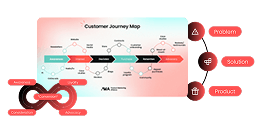




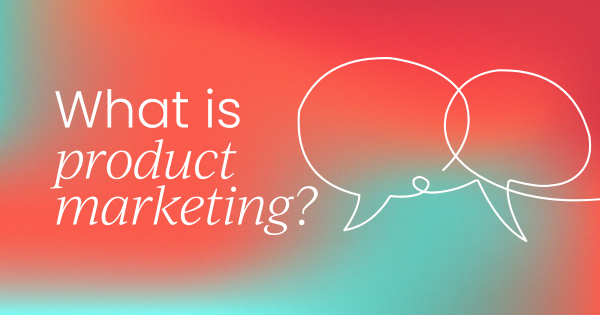
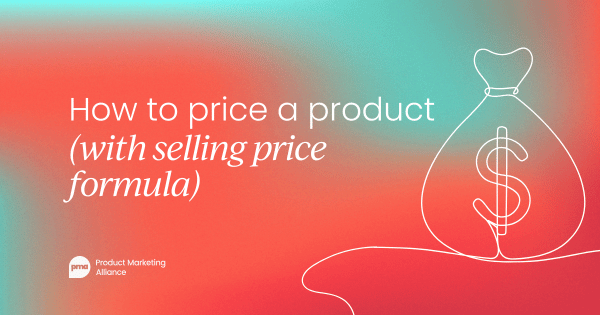

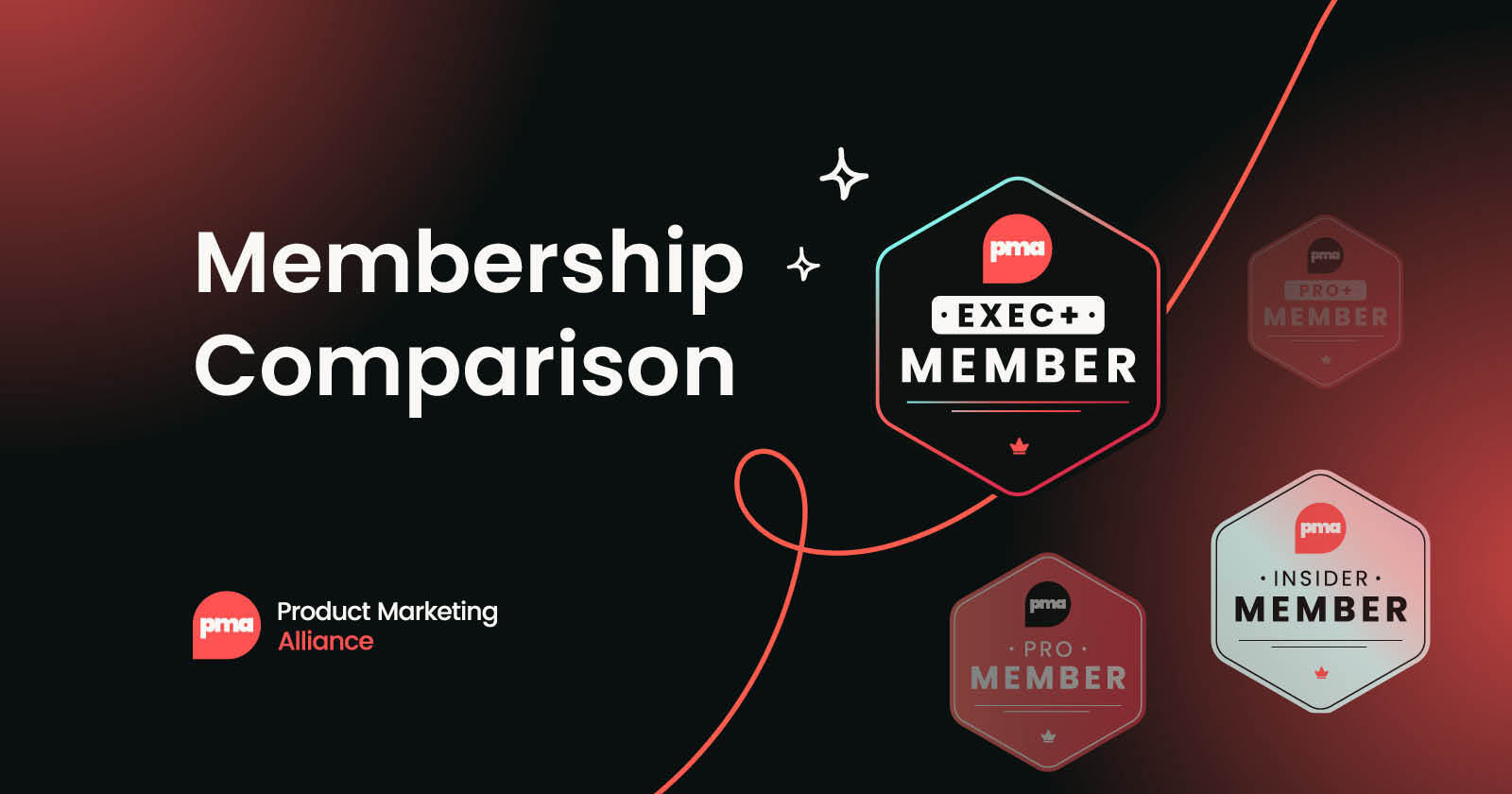
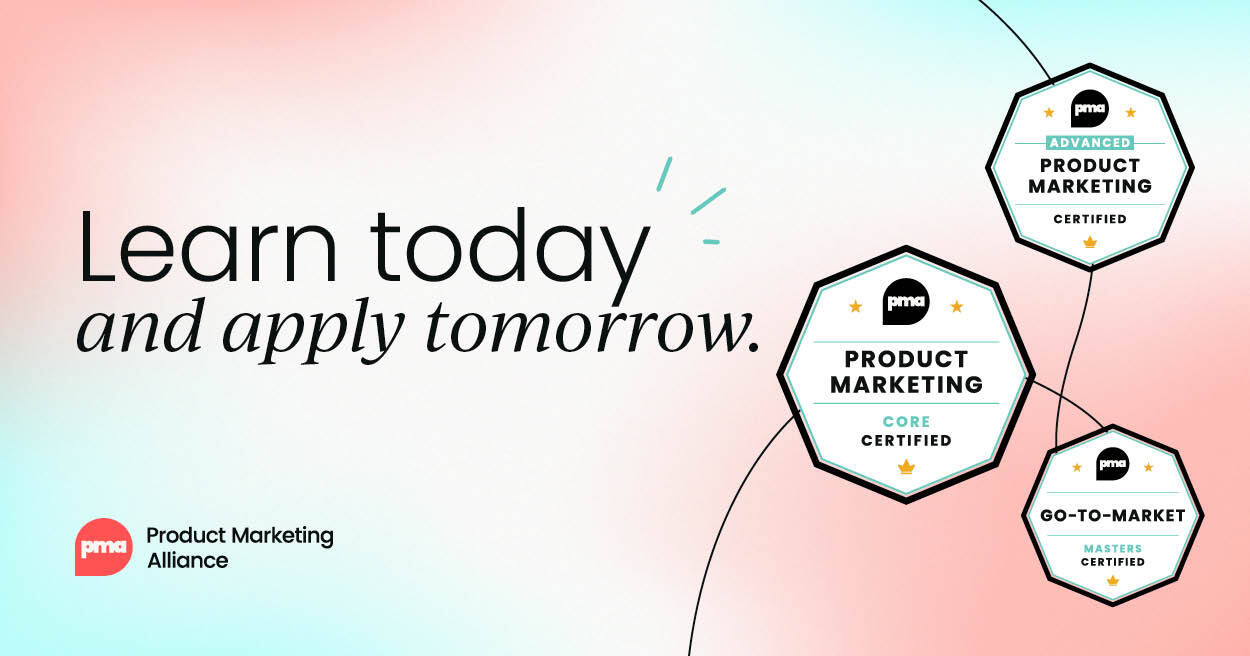
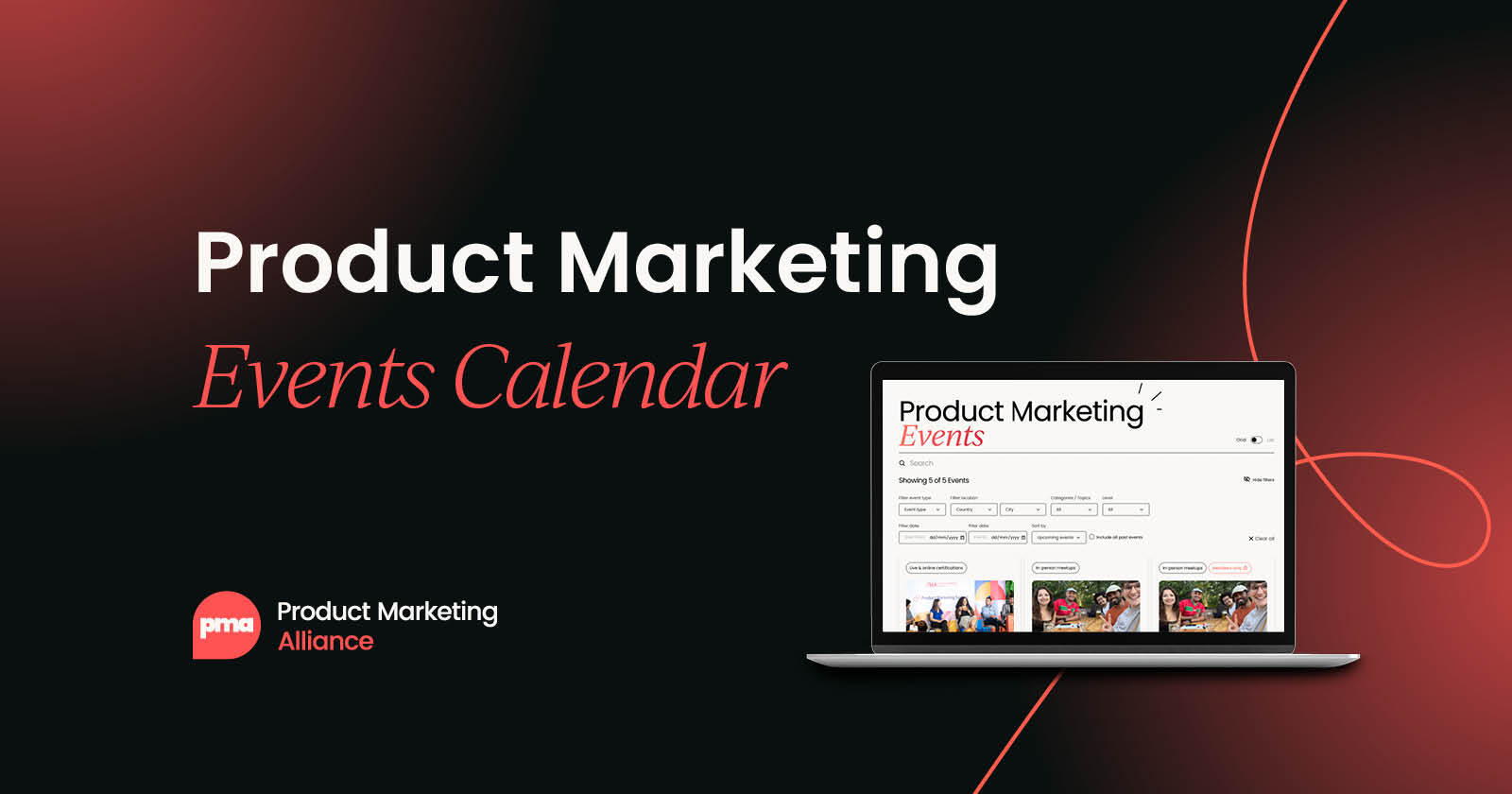


 Follow us on LinkedIn
Follow us on LinkedIn

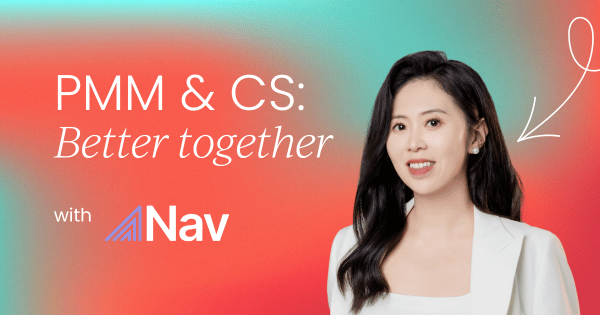


.svg)
Start the conversation
Become a member of Product Marketing Alliance to start commenting.
Sign up now